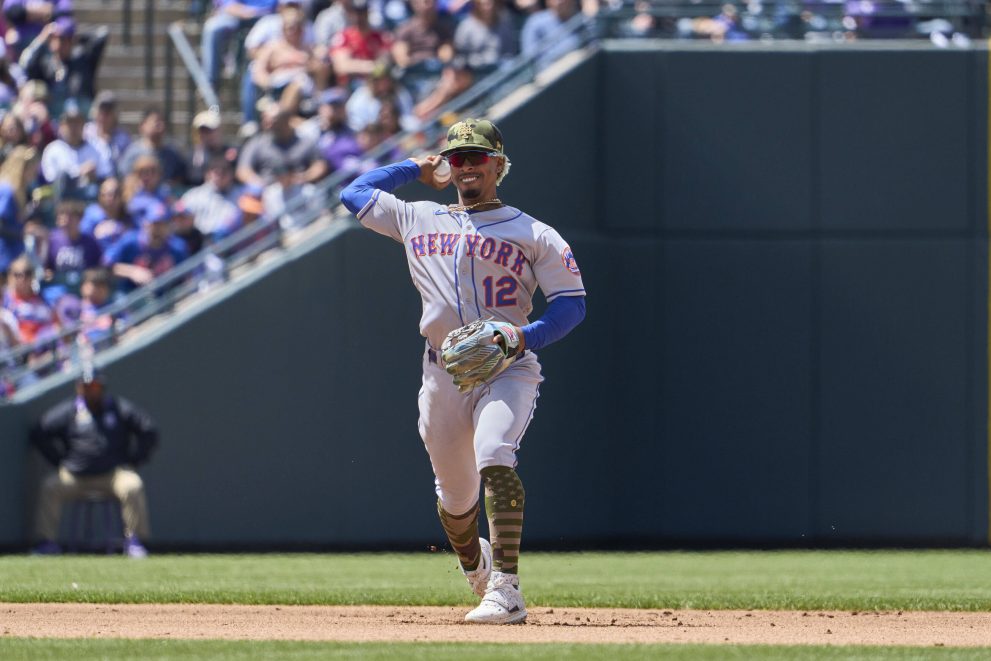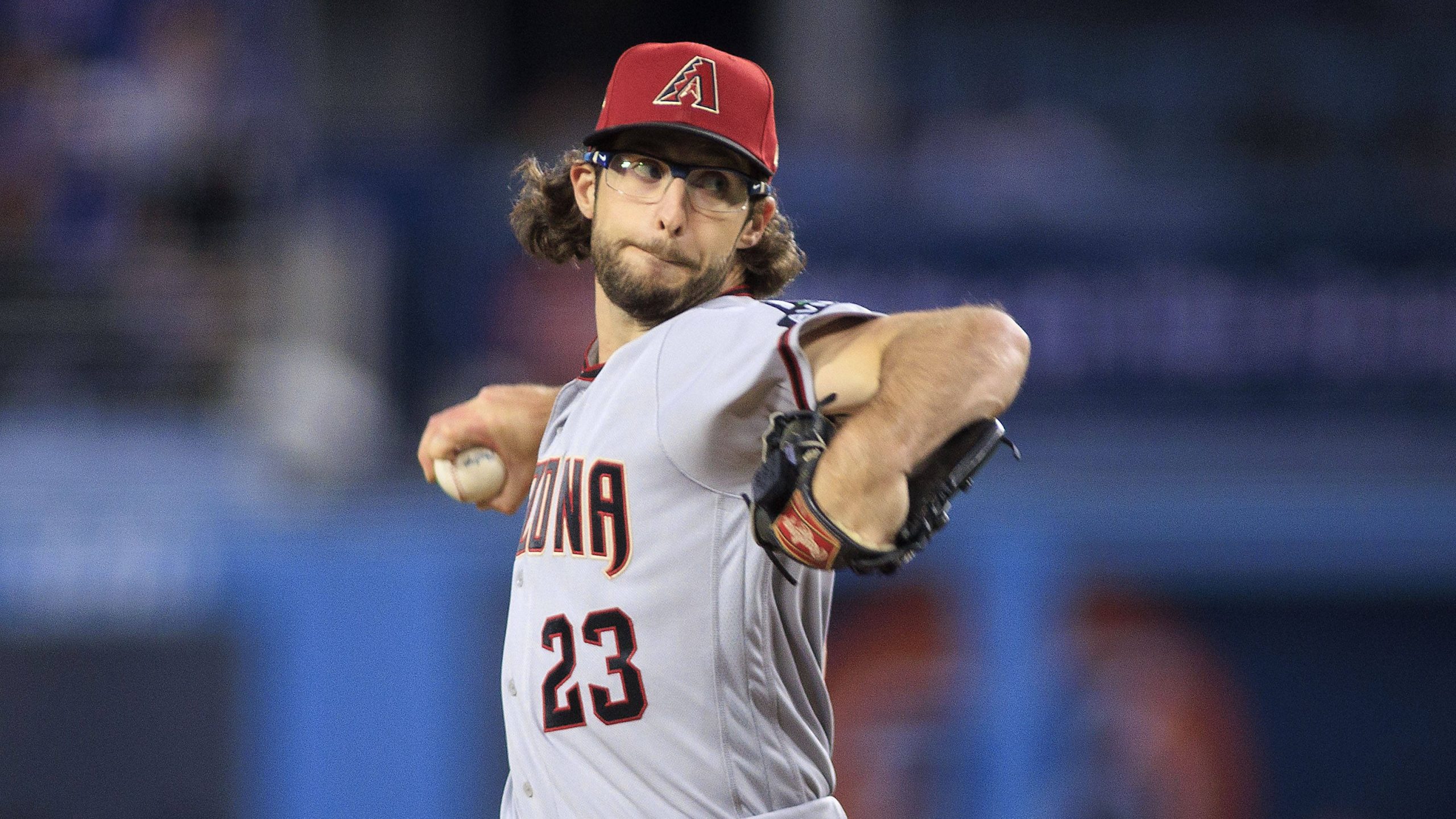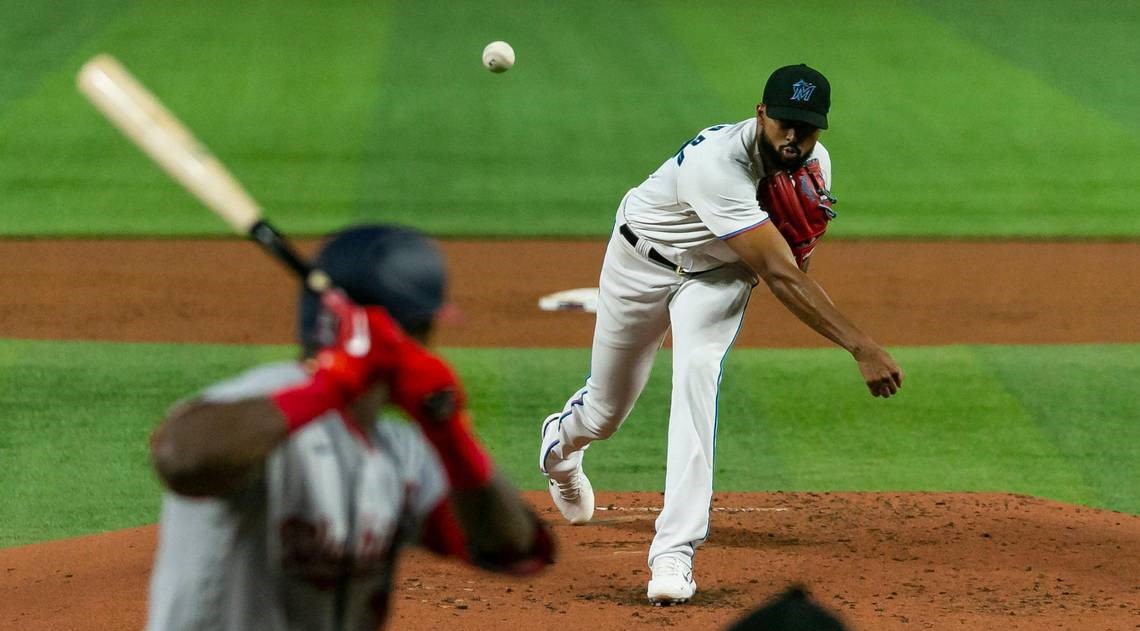QUEENS, N.Y. — Francisco Lindor knew what to expect upon being acquired by the New York Mets in January 2021. But even knowing what to expect is not quite enough to prepare a star for what the Big Apple baseball experience can entail.
“New York is different — New York is different,” Lindor said prior to a game against the Miami Marlins earlier this month. “We can’t hide. We’ve got to face it when we struggle out there. We can’t turn and hide. We’ve got to give the people a reason to cheer.”
Like many of his big-name predecessors — and one in particular — Lindor’s second season in New York is going smoother than his debut voyage, even if he’s not yet producing at the level he did for Cleveland from 2015 through 2020.
In 75 games this season, Lindor is hitting .241 with 12 homers, 56 RBIs and an OPS of .745, which is 12 percent better than the league average. While the OPS is nearly 100 points lower than the .833 mark he produced for Cleveland, he’s played in all but one game for the Mets and is on pace to hit 26 homers and finish with 120 RBIs — four fewer than the team record first set by Mike Piazza in his first full season with the Mets in 1999.
From @EliasSports: The highest OPS averages among major-league SS this season belong to Xander Bogaerts (.890), Dansby Swanson (.882) and Trea Turner (.873). The leaders among SS in RBIs are Francisco Lindor (54), Turner (52) and Swanson (43).
— Buster Olney (@Buster_ESPN) June 26, 2022
Last season, Lindor hit .230 with 20 homers, 63 RBIs and a .734 OPS — the exact league average — while being limited to 125 games due to an oblique injury. Much of that production came in his final 30 games, a span in which Lindor had nine homers and 25 RBIs.
“You put yourself in a hole because you don’t have the success you want and then you try to get out,” Lindor said. “It’s not necessarily a hole that the fans built for you or the organization built for you. You built it because you have expectations for yourself.”
Lindor is also exhibiting a comfort level reminiscent of Piazza’s second year. It helps, of course, that the Mets have emerged as a serious contender for the National League pennant after making roster-wide upgrades in the off-season and getting steep improvement from homegrown players — a path the franchise also took following Piazza’s first season in New York in 1998.
Per Baseball-Reference, Lindor ranks sixth on the Mets in WAR at 1.8 behind Brandon Nimmo (2.3), Jeff McNeil (2.2) and Pete Alonso (2.2), all of whom were drafted and developed by New York, as well as free agent acquisition Starling Marte (2.2) and pitcher Taijuan Walker (2.2), who is in his second season in New York. In addition, newcomers Max Scherzer, Chris Bassitt, Mark Canha and Eduardo Escobar have combined to post a collective WAR of 3.6.
Max Scherzer is poised to return to @MLB, and here's another piece of good news for @Mets fans to consider:
Since Scherzer landed on the IL in May, their 22-14 record is second best in the NL. Only the @Braves (26-11) are ahead of them. @MLBNetwork
— Jon Morosi (@jonmorosi) June 30, 2022
In 1999, Piazza ranked fourth on the Mets in WAR behind free agent acquisition Robin Ventura as well as homegrown second baseman Edgardo Alfonzo and first baseman John Olerud, who was in his third and final season in New York after being acquired from the Toronto Blue Jays.
“I think the front office did an amazing job — (owner) Steve Cohen along with (team president) Sandy (Alderson) did an amazing job of who they hired and then the rest falls into place because of that,” Lindor said.
As with Piazza — who was often sullen and booed after the Mets acquired him on May 22, 1998 in the second blockbuster trade involving the Hall of Fame-bound catcher in a week — the second year in New York for Lindor means every at-bat isn’t a referendum on the trade that brought him to New York or the 10-year, $341 million extension he signed before ever playing a game with the Mets.
“There’s always that pressure, that motivation, to be better every single day,” Lindor said. “The contract, yes, it (matters) because now people are comparing you to this number that’s next to your name.”
It is amazing to me Mets fans cannot (or don’t want to) see the little details Lindor excels at to help a team win night in and night out. Contract aside that is usually a player to appreciate 🤷♂️
— Chris Cappella (@C_Cappella) May 24, 2022
Lindor noted that he felt the same pressure upon signing each of the one-year deals he inked during his arbitration years. While with Cleveland in 2019 and 2020, he made $10.8 million and $17.5 million, respectively, before agreeing to terms on a $22.3 million deal shortly after being acquired by the Mets.
“I remember growing up, before I became a professional athlete, $700,000 seemed like a lot of money,” Lindor said. “Even to this day, a million dollars is a lot, It’s a lot. So the pressure is always there when it comes to monetary stuff.”
Lindor began hearing boos in April 2021 and they never really ceased — to the point where Lindor and Javier Baez came up with the ill-fated and short-lived idea in late August to answer the boos by offering a thumbs down sign whenever they reached base.
“I think David Cone had the best feeling for it,” said Mets manager Buck Showalter, who managed Cone with the crosstown Yankees in 1995. “He had two or three tough starts in a row. (Reporters) all came to him and there was some booing going on. They said ‘What do you think about it?’ He said ‘Well, they’re waiting to embrace me. It’s up to me to give them something to embrace.
“Kind of the way it works here. They want you to do well and they want you to win and you kind of control that. It’s not like there’s something out of your control.”
But an unprecedented element out of Lindor’s control added another challenging layer to the first-year transition. With pandemic restrictions in place throughout the 2021 season and locker rooms closed, Lindor’s contact with reporters was limited to Zooms.
While the Zooms initially seemed like a good way for Lindor to get to know those covering the Mets — he began most answers by addressing the reporter by his or her name — the remoteness of the interactions probably contributed to a pair of awkward situations involving Lindor that got at least as much publicity as his on-field struggles.
Francisco Lindor just hopped onto Jeff McNeil’s Zoom, hugged McNeil and announced that the beast, in fact, was a “RatCoon.”
— Justin Toscano (@JustinCToscano) May 9, 2021
Months before the thumbs down incident, Lindor said he and Jeff McNeil were trying to figure out whether they’d just seen a rat or a raccoon when they raced into a clubhouse tunnel following an on-field disagreement during a game against the Arizona Diamondbacks.
“It’s a new space for me and getting to know people, getting familiarized with people,” Lindor said. “The masks didn’t help last year. You guys weren’t here. There’s a lot of things that go into that. This year, I feel even better. You start building relationships. You start seeing faces. (Reporters) actually get to see my face. They see if I’m mad, if I’m happy, if I’m anxious. Those things matter.
“I like gravitating towards people. It’s hard to (have) that certain energy when you have the masks or Zoom.”
Lindor is also tapping into the energy of playing in Queens and living in New York City.
With New York @Mets shortstop Francisco Lindor after a Mets game. A real gentleman. pic.twitter.com/Is4CzwbHBT
— Itzhak Perlman (@PerlmanOfficial) June 30, 2022
The shortstop offered up a glimpse at his personality as well as another reminder of Piazza by using some hard rock songs — including Pantera’s “Walk” and Deep Purple’s “Smoke on the Water” — upon deciding to change his walk-up music on a daily basis earlier this season.
Piazza, who often strode to the plate to songs by Motley Crue, Ted Nugent and Van Halen, bopped along enthusiastically when his friend Zakk Wylde, the guitarist for Ozzy Osbourne, performed the national anthem late in the 1999 season.
And like Piazza — who moved into Manhattan upon re-signing with the Mets for seven years and $91 million shortly after the 1998 World Series — Lindor has grown more familiar with his surroundings in his new home.
“I’m understanding certain parts of the city — ‘Oh, this is the lower east (side), I’m in Midtown, I’m in Soho,” Lindor said. “That’s one of the things I’m doing this year — going around, seeing different things.
“So to me, just knowing where I am and what I’m doing here, that says a lot.”







